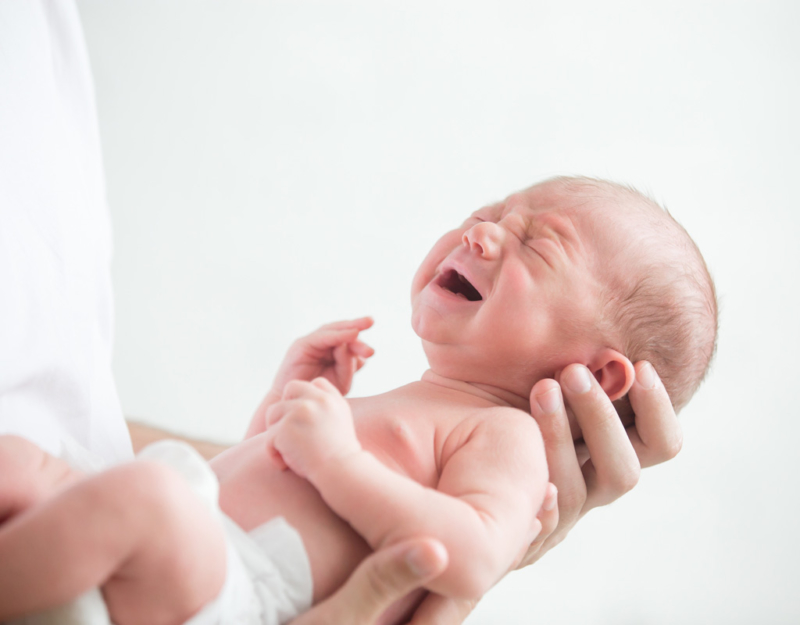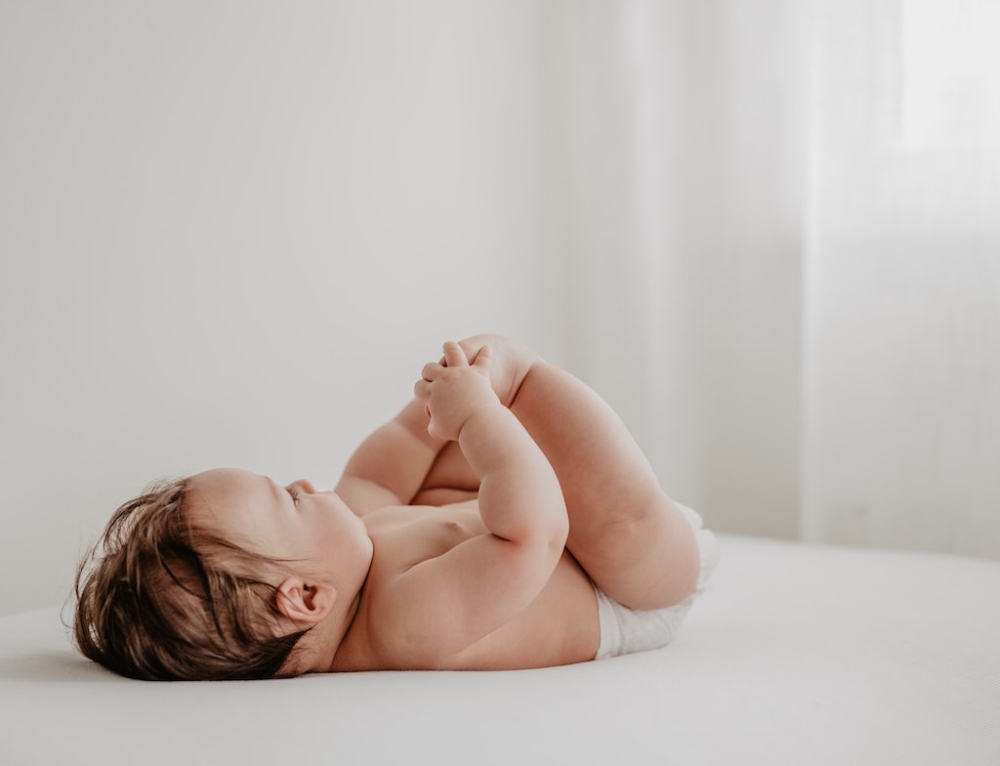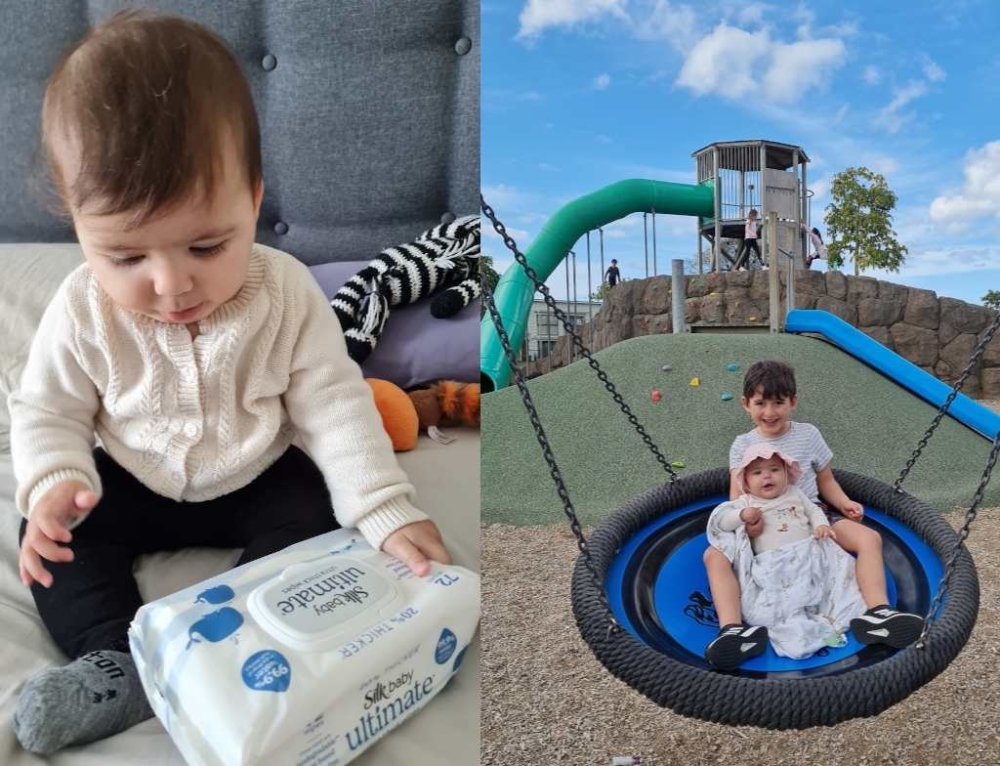Crying is very important for babies, as it’s the only way they can get their needs met and attempt to communicate with you. That means it’s important that you always respond. However, it can sometimes be hard to know why your baby is crying or what you need to do. Here’s a crying checklist to help you work it out:
The crying checklist
- Is your baby thirsty or hungry? Young babies may need feeding often, especially if they are breastfed or premature. Even if they’ve recently had a feed, try a quick top-up to see if the crying stops.
- Is your baby doing a poo? Young babies might grimace, cry out or go red in the face while doing a poo, even when it’s soft or runny. Check their nappy and change it if necessary.
- Is your baby too hot or cold? Check if your baby is wearing the right clothes for the weather outside or the temperature inside, and that their clothes are comfortable and loose and not too tight around the tummy.
- Is your baby unwell? Check for signs of illness, especially if your baby’s crying is different to their usual pattern. See your GP if you’re worried.
- Is your baby overtired? If they’ve been awake for a while, or longer than usual, try wrapping your baby and rocking or patting them to sleep.
- Is your baby frightened or lonely? Try giving your baby a cuddle, as infants need lots of close contact with their parents.
- Is your baby in the best place to settle? Some babies sleep better in a quiet dark room, others prefer noisy, light places.
- Does your baby have wind? Some babies may stop crying if you hold them upright and pat their back for a while.
Read more about baby sleep:
- Settling a 0-3 month old
- How to settle baby using patting
- Top tips for settling baby
- The age and stage guide to baby sleep
- Clever ways to get baby to sleep
Read more about crying and what it means:
- 7 reasons a newborn cries
- How mindfulness can help with your crying baby
- How to soothe a crying baby
- Tips to make your day easier with a newborn
- Finding colic relief
- Understanding wind in babies
- Reflux in babies
This article was written by Joanna Bounds for Kidspot Australia and adapted for Kidspot New Zealand. Sources include SA Government’s Parenting and Child Health.







Leave A Comment
You must be logged in to post a comment.